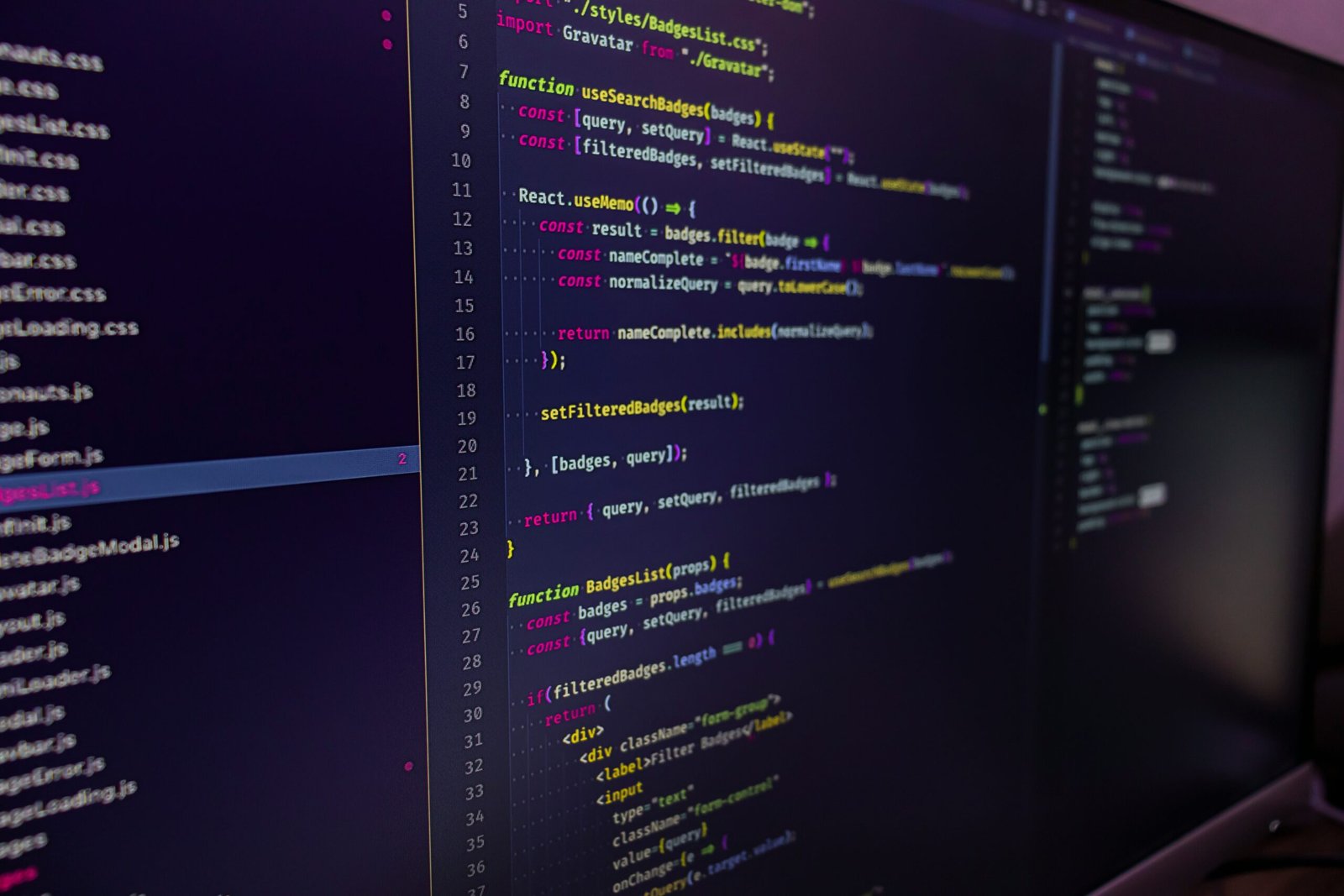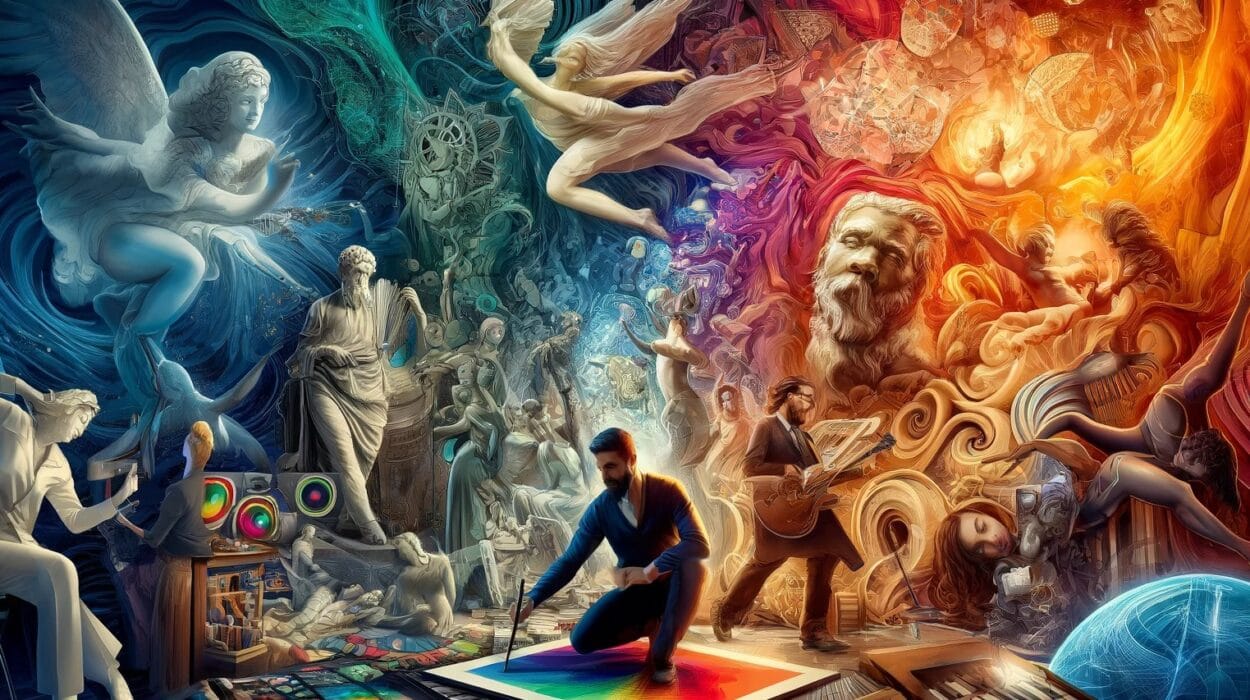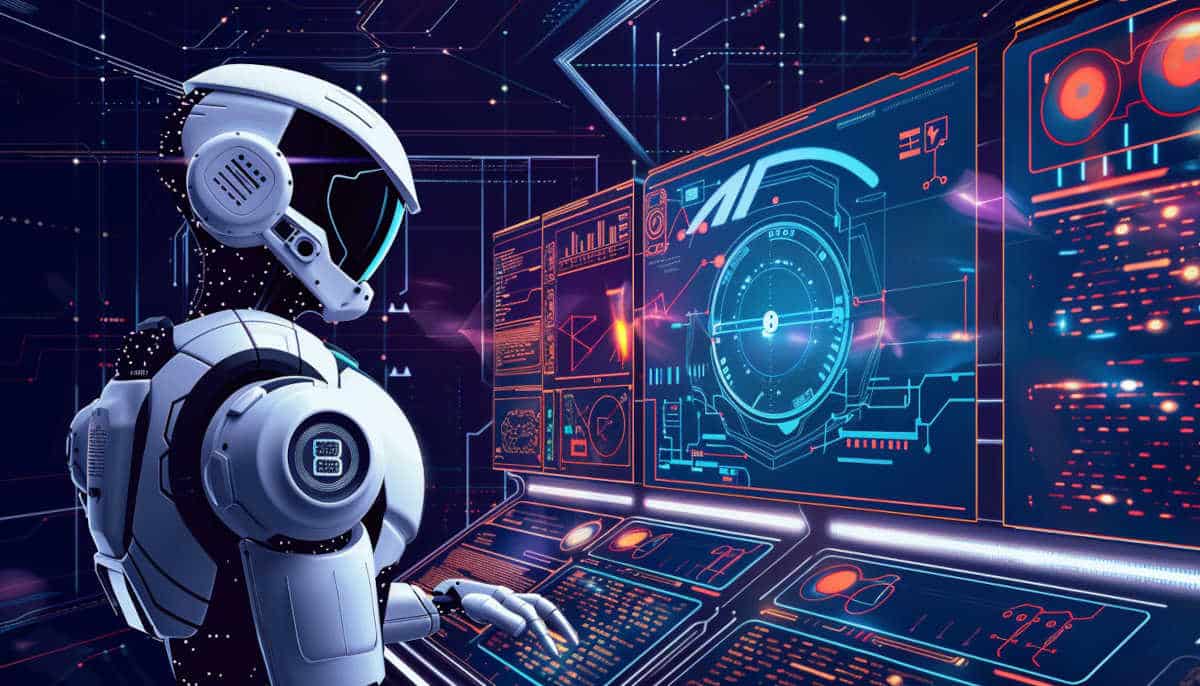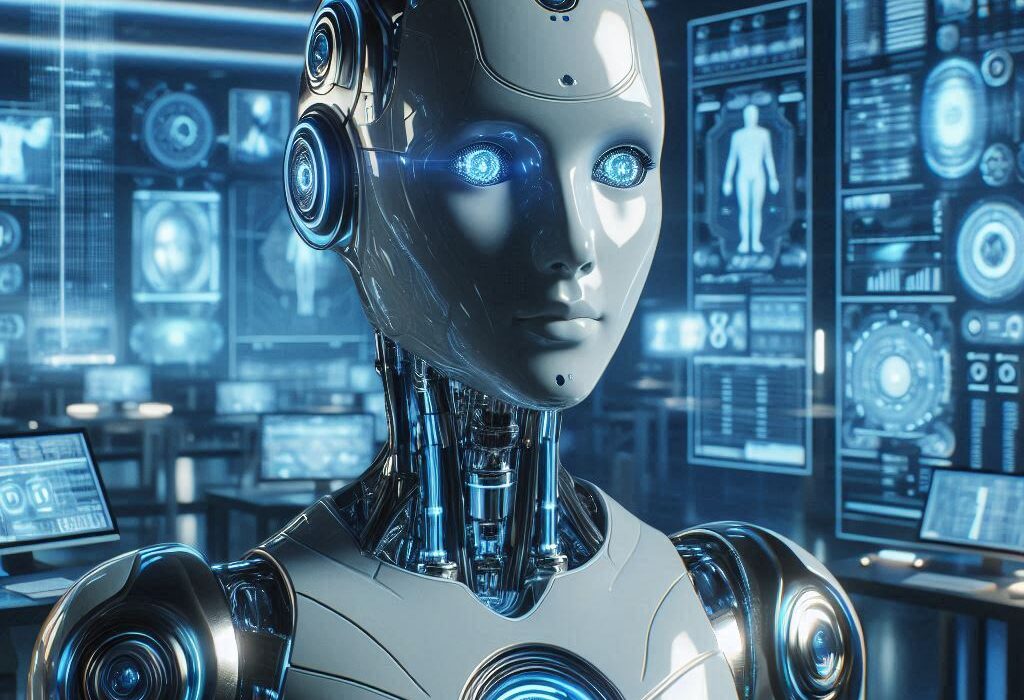Imagine a room filled with silent machinery: plastic keys, flickering lights, humming fans. To the casual eye, it’s lifeless metal and glass. But if you could peel back the layers of plastic and silicon, you’d hear whispers—strange, electric murmurs carrying instructions, questions, and answers. Invisible signals rush like blood through tiny circuits. They are speaking, but not in any human tongue.
They are speaking in code.
For the past century, humankind has woven a new language—one that hums beneath our phones, cars, laptops, hospital machines, spacecraft, and even our morning coffee makers. It’s the language of software, the soul of modern civilization. And though it often seems impossibly cryptic, its foundations rest on simple ideas as old as storytelling itself.
This is the secret language of computer code. And this is its story.
Once Upon A Counting Machine
Our journey begins long before smartphones, before glowing screens and glossy laptops. It starts in the mind of a curious 19th-century mathematician named Charles Babbage. In the 1830s, Babbage dreamed of a machine that could perform calculations automatically—a mechanical brain of brass gears and spinning shafts. His “Analytical Engine” was never built, but his blueprints laid the conceptual foundation for modern computers.
Beside Babbage stood a brilliant woman named Ada Lovelace. She imagined not just calculations, but art and music shaped by instructions. She wrote notes describing how to program Babbage’s engine to produce specific results. Though her program was purely theoretical, Ada is now often called the world’s first computer programmer.
Even in those early days, code was an idea waiting to be born: a series of instructions humans give to a machine, so it can solve problems or perform tasks on our behalf.
The Dawn of Binary Dreams
If you were to lift the hood of your computer and look deep into its soul, you’d see one truth: computers understand only two things—on and off. That’s it. Everything else—your cat photos, your Spotify playlists, the latest viral dance on TikTok—is ultimately represented by patterns of tiny electrical signals.
This is binary code. It’s the machine’s alphabet, made of two symbols: 0 and 1.
Early computers used vacuum tubes or switches to represent these binary states. Later, transistors—tiny silicon switches—replaced bulky tubes, shrinking computers from room-sized giants to palm-sized marvels. But the language remained the same: sequences of bits, each bit a 0 or a 1.
Binary code might seem alien, but it’s astonishingly similar to our oldest human methods of communication. Think of Morse code, where dots and dashes combine to make letters. Or think of drums signaling across African villages, or smoke signals rising against the desert sky. Binary is humanity’s latest way of sending messages over invisible channels.
If you wanted to tell your computer to add two numbers, in pure binary, you’d write strings like:
01000101 01011010 00100111 00100000
…not very user-friendly.
So humans invented a higher-level way to talk to machines.
When Humans Speak to Machines
After World War II, as computers grew more powerful, programmers faced a problem. Writing long sequences of 0s and 1s was not just tedious—it was prone to errors. Miss one digit, and your program crashed. So programmers created something more human-readable: assembly language.
Assembly used short words called mnemonics to represent binary commands. Instead of writing a thousand 1s and 0s, you could write:
MOV AX, 5
This instruction told the computer: “Move the number 5 into a register called AX.” Much easier than memorizing binary codes.
But assembly language was still tied intimately to the hardware. One program might work on an IBM machine, but not on a DEC computer. Programmers dreamed of a universal language that could run anywhere.
From that dream, high-level languages were born.
The Birth of High-Level Languages
In the 1950s, a mathematician named Grace Hopper grew tired of wrestling with machine code. She envisioned programming in plain English. Her vision birthed COBOL—a language for writing business applications. Around the same time, scientists developed FORTRAN to tackle scientific calculations.
High-level languages allowed people to write instructions that resembled English sentences or mathematical formulas. The computer would then translate them into machine code using special programs called compilers.
For example, instead of assembly instructions, you could write:
SUM = A + B
Even someone with no engineering background could understand what that line meant.
Languages like BASIC, Pascal, and later C, opened the gates to a new generation of programmers. These languages were not merely tools—they were bridges connecting human creativity to machine logic.
Code as Creative Writing
At its core, programming is not so different from writing poetry or prose. Both disciplines take a blank canvas and fill it with symbols arranged in meaningful patterns. Both follow rules—grammar for language, syntax for code. Both can be elegant or chaotic, clear or cryptic.
Programmers speak of “beautiful code” the same way novelists admire beautiful sentences. Code can be simple and spare, or baroque and ornate. It can be crafted with humor, grace, or a meticulous sense of style.
One famous programmer, Donald Knuth, even called programming “literary.” He titled his lifelong project “The Art of Computer Programming.”
And like any writer, a programmer’s greatest triumph comes when others read their words and exclaim: “I understand!”
Under the Hood of Code
Let’s peel back another layer and see how code truly works.
Every computer program is a set of instructions. Think of baking a cake. A recipe might read:
- Preheat the oven to 350 degrees.
- Mix sugar and butter.
- Add eggs.
- Stir in flour.
- Pour batter into a pan.
- Bake for 30 minutes.
Similarly, code gives a computer a step-by-step recipe. It might instruct the machine to:
- Read a user’s input.
- Process numbers.
- Display the result on the screen.
Programming languages use syntax rules to ensure instructions are clear. Miss a period in a sentence, and your reader might be confused. Miss a semicolon in C, and your computer raises an error.
Over time, programmers invented special ways to control the flow of instructions. They could tell a machine:
- “Do this task repeatedly until a condition is met.”
- “If this happens, do one thing; otherwise, do something else.”
These constructs became the building blocks of code. They allowed programmers to write complex logic, from calculating taxes to flying airplanes.
Data: The Stories Code Tells
All software revolves around data. In human life, data is simply information: names, dates, temperatures, prices, colors. Code exists to store, retrieve, and manipulate this data.
Imagine writing software for a library. You’d want to keep track of book titles, authors, borrowers, due dates. Programmers represent these pieces of information as variables, just as algebra uses x and y.
Data also has types. A letter is different from a number, and a number with a decimal is different from a whole number. Code uses types to ensure accuracy—so a program doesn’t accidentally add the word “apple” to the number 5.
Behind the scenes, data is stored as binary bits. The letter “A” becomes 01000001. A color might become three numbers representing red, green, and blue. Code is the translator between human understanding and digital signals.
Code That Thinks for Itself
In the mid-20th century, programmers began dreaming bigger. Could machines be made to “think?” Could code make decisions based not just on logic but on learning?
This dream gave rise to artificial intelligence. Early AI systems used rules: “If a patient has fever and cough, suggest flu.” These systems mimicked human reasoning.
But modern AI goes deeper. Machine learning systems examine vast oceans of data, finding patterns humans might miss. A program trained on thousands of images can recognize cats or detect cancer cells. Code has become a partner in discovery—a tool that can suggest new medicines, compose music, even write poetry.
Yet even AI, at its heart, is still code. It’s built from instructions, loops, and calculations. The difference is that AI systems write some of their own rules based on experience.
The Hidden Languages Behind the Web
Think of your favorite website: the news, online shopping, social media. When you click a link or tap your phone, you summon code written in languages like HTML, CSS, and JavaScript.
HTML (HyperText Markup Language) tells your browser how to arrange text, images, and links. It’s the skeleton of every webpage. CSS (Cascading Style Sheets) paints the skeleton—adding colors, fonts, and layouts. JavaScript breathes life into the page, making it interactive.
But websites don’t exist in isolation. When you log in or post a message, the site must store your data somewhere. That’s handled by backend code, written in languages like Python, Ruby, PHP, or Java. This code lives on servers in data centers scattered across the planet.
Your single click might spark a chain reaction:
- Your browser sends a request to a server.
- Server code checks your information in a database.
- The server builds a webpage tailored for you.
- The page returns to your screen.
All of this happens in milliseconds, invisible to you. It’s the secret dance of code, enabling global communication.
Open Source: The Code Revolution
For decades, software was guarded like a treasure. Companies protected their source code, selling programs in sealed boxes. But in the 1980s and 90s, a new philosophy arose: open source.
Open source means the code is freely available for anyone to read, modify, and share. It’s like sharing the recipe for a dish, allowing others to improve it.
Today, open-source software powers much of our world. The Linux operating system runs servers, phones, and supercomputers. Web browsers like Firefox and Chrome rely on open code. Even the code behind blockchain and cryptocurrencies is open for inspection.
Open source turned code into a shared human endeavor. Programmers collaborate across continents, united by a single goal: build better tools for everyone.
Code as Art, Code as Power
To outsiders, programming often appears cold and mathematical. But step into the mind of a programmer, and you’ll find artistry and emotion.
Programmers speak of “elegant code”—solutions that are simple, efficient, and beautiful. They delight in finding clever shortcuts, reducing a hundred lines to ten. They take pride when their work runs fast and smoothly.
Yet code also carries power. A bug in an airplane’s software can endanger lives. A typo in a bank’s code might misplace millions of dollars. In the digital age, code shapes law, finance, communication, and warfare. It can guard privacy—or strip it away.
This power weighs heavily on the shoulders of those who write it. The best programmers carry a deep sense of responsibility. They know they are the unseen architects of modern society.
The Hidden Voices of Code
Another secret of programming is that every piece of code tells a story—not just about the machine’s tasks, but about the human minds behind it.
Reading old code is like reading letters from the past. You see comments left by developers, jokes scribbled in margins, quiet laments about sleepless nights. Code carries fingerprints of human passion and exhaustion.
One programmer might write terse, minimal code like haiku. Another might craft sprawling, elaborate structures. The personality of the coder echoes through the syntax.
This human element is why code is more than just zeros and ones. It’s a medium where people express ideas, solve problems, and leave their marks on history.
The Language Keeps Evolving
Programming languages are living things. They evolve, splinter, merge, and die out like spoken tongues.
Old languages like COBOL still run millions of bank systems worldwide, kept alive by aging experts. New languages emerge to meet modern needs: Swift for Apple apps, Go for fast servers, Rust for secure systems.
Each language has strengths and weaknesses. Some are fast but complex. Others are easy to learn but slower. Just as painters choose oil or watercolor for different effects, programmers choose languages to match their goals.
Yet no matter how the languages change, the core principles remain: instructions, logic, data, and the relentless desire to make machines do our bidding.
Why Learn to Code?
People often ask: “Why should I learn to code? I’m not a computer person.”
The answer lies not in becoming a professional programmer but in understanding the world around you. Code shapes our society. Knowing how it works gives you power and insight. It’s like learning to read in a world where most people can’t.
Learning code also builds mental skills: logical thinking, problem-solving, patience. It teaches resilience in the face of error messages and bugs.
And it’s fun. Many people discover that programming is a joyful form of creation—a playground where your ideas come alive.
Code’s Endless Horizon
As you read this article, millions of lines of code swirl invisibly around you. Code delivers your emails, maps your route, suggests your next song. It detects diseases, simulates new materials, controls spacecraft flying past distant planets.
The secret language of computer code is no longer secret—it’s woven into the fabric of life itself. It has become humanity’s new storytelling medium, a tool to express dreams as software, algorithms, and digital art.
And the story isn’t finished.
In the coming decades, code will help us tackle climate change, explore distant worlds, cure diseases, and create new forms of art. It will raise ethical questions we can scarcely imagine today. It will demand wisdom as much as knowledge.
So when you hear the hum of your laptop, the vibration of your phone, or the distant chirp of a smart speaker, remember: behind those sounds lies an unseen language—thousands of tiny instructions whispering to each other, tirelessly working to turn human imagination into reality.
In those quiet whispers, the machine tells a story.
A story written in code.






